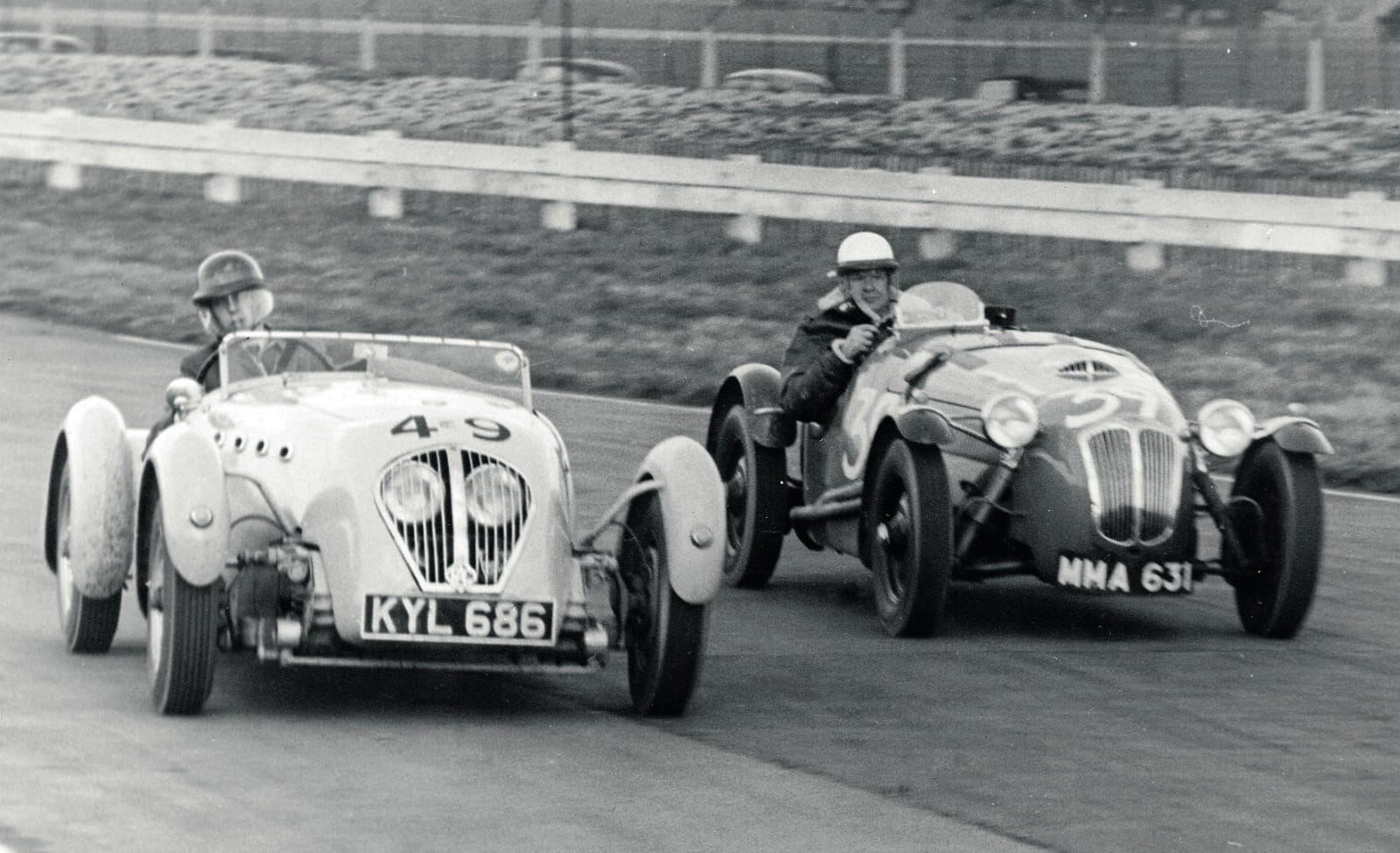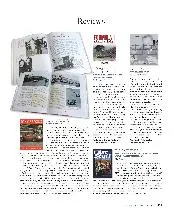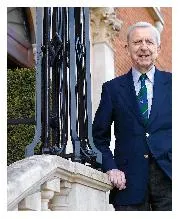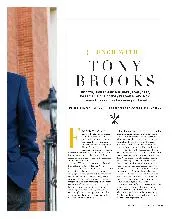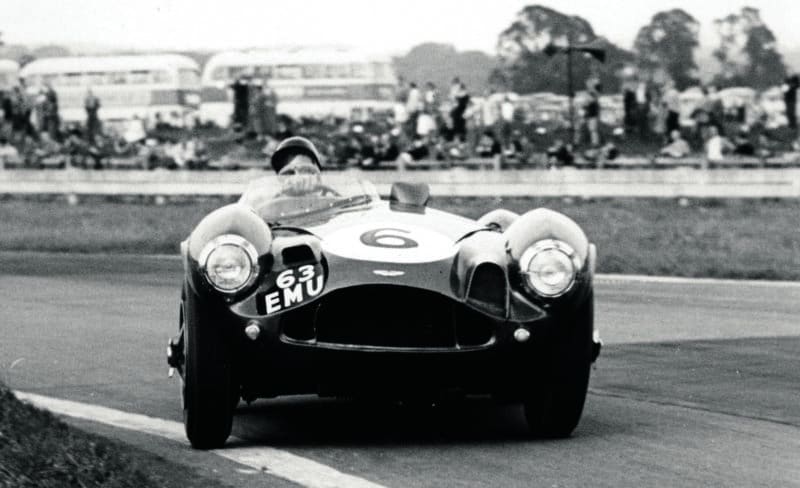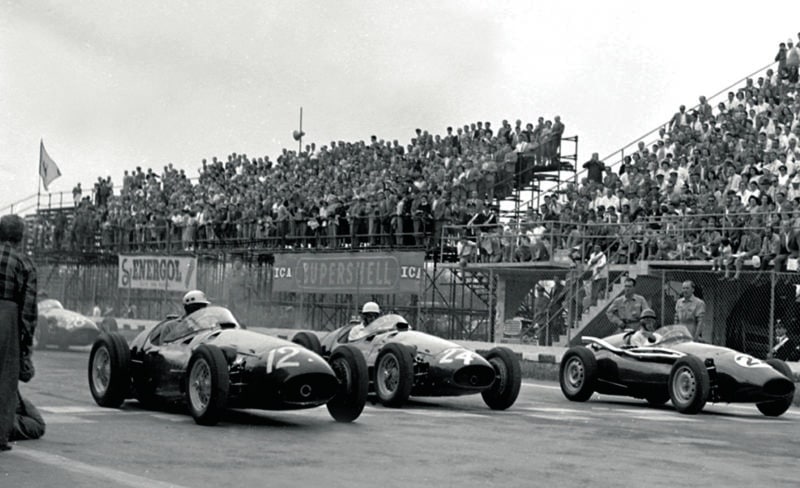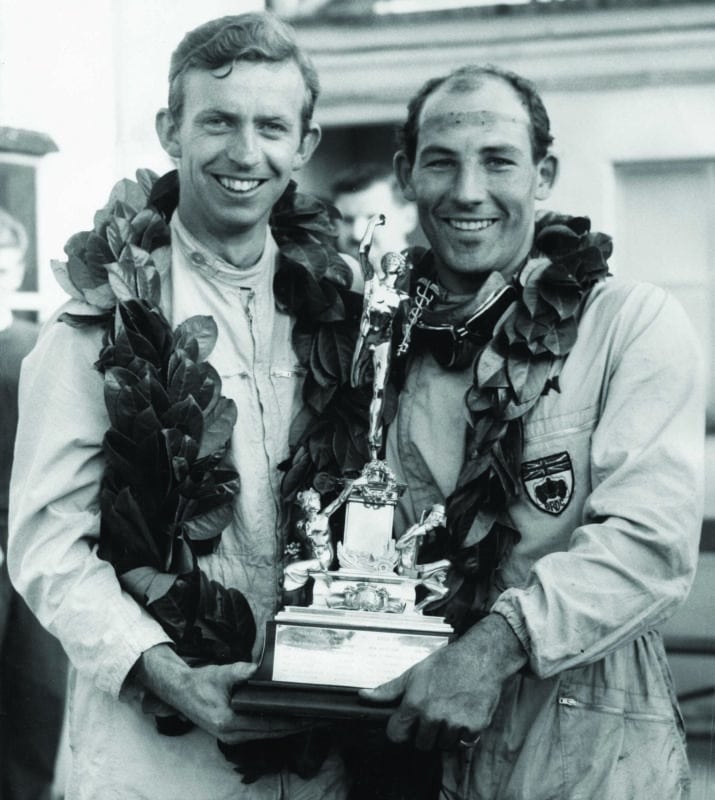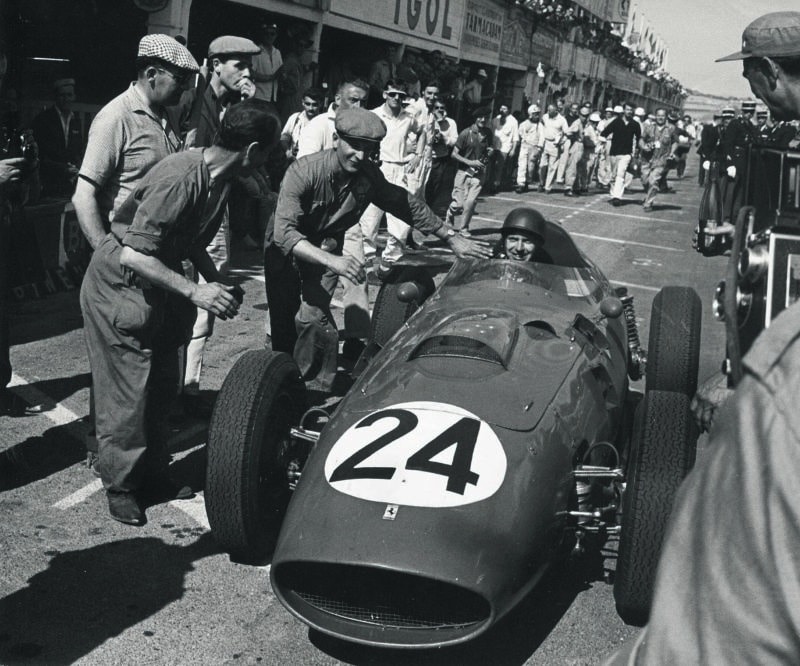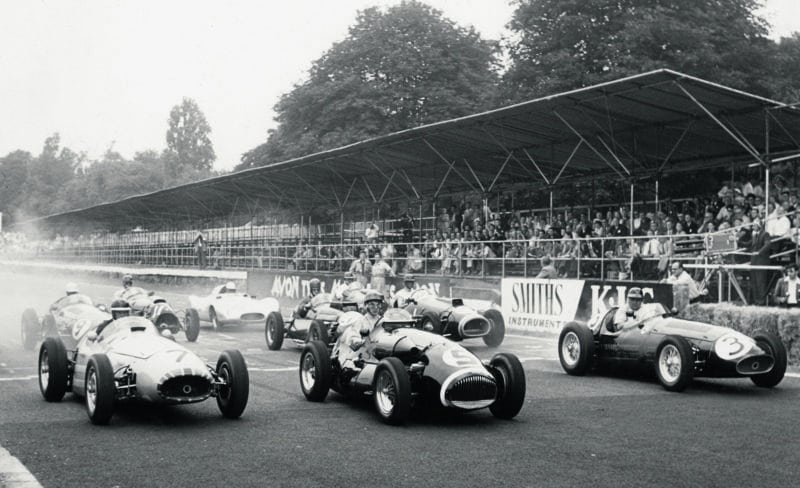Only 105 Silverstones had been built so I had quite a challenge to ind one at a suitable price. I scoured the classified adverts in the motoring magazines and found one owned by a lady living in the West Country. It was first registered by her in December 1949 and with 10,700 miles on the odometer we managed to buy it for £740. Dad and I drove it home with great joy and I resolved to keep a racing journal detailing all work on the car, the races and the results. The first entry was: ‘Arrived home 5th December 1951, mileage 11,093’. I had shown Mum a photograph of a Healey Silverstone as part of the selling process, so she knew that with its mudguard wings and primitive hood it was not exactly an ideal shopping car, but she had entered into the spirit of the venture with remarkable enthusiasm. Charles Mortimer encouraged us by recording that the first season’s racing, excluding the purchase of the car, had cost a total of only £291 1s 7d (£291.08) after deducting bonus and prize money and it included competing in the RAC TT, the Jersey International Road Race, the Silverstone Production Car Race, six Goodwood Club meetings and some sprints.

Imagine my disappointment to find that a new chicane had since been incorporated in the circuit between Woodcote and Madgwick Corners, making any comparison of lap times invalid! The Goodwood events were run by the British Automobile Racing Club so I applied for membership of the BARC and completed an entry form for a club meeting on Saturday, March 22, 1952, entering a scratch and a handicap race, both of five laps. [Local mechanic] Jim Critchlow and I carefully prepared the Healey. The cylinder head was removed and we found three bent pushrods and a law in the No2 inlet valve. The plugs were changed, the pushrods and valves replaced, stronger valve springs fitted and the ports polished. There were no individual brands of petrol at the time, all pumps dispensing low-grade ‘Pool’ petrol of around 75-octane, so we advanced the ignition because we had managed to obtain six gallons of 80-octane for the event, which we had to take with us in the Healey in two- and four-gallon drums.
Dad finished surgery at 3.30pm on the Friday afternoon and I left University early, aiming to catch up the following week on whatever I missed with the help of friends like Gerry Hartley. We set off together in the Silverstone on our voyage of discovery. Roads out of town were derestricted in those days and we were able to average 50mph and 26mpg for the 248 miles to the seaside resort of Bognor Regis, where we stayed overnight in a bed & breakfast guest house. Then the following morning we set off early for the circuit in some trepidation.

Motor Sport’s report recorded Brooks clinging on despite being dogged by the No76 Aston Martin of Collinson
We had nobody to initiate us into the procedure of signing-on, scrutineering, etc, but we fumbled our way through the various steps, conscious that our notional ‘L’ plates must have been very evident, but the officials and other competitors were very friendly, which eased our discomfort. At just 20 years of age I had reached the moment of truth.
My desire to race had been built up steadily over the years and haring over the Snake Pass with my motorcycles and cars had given me a great thrill so I was absolutely certain that I would enjoy testing the car and myself to the limit. I was confident about my driving ability, but so presumably were the other drivers, so was I about to be proven wrong?
